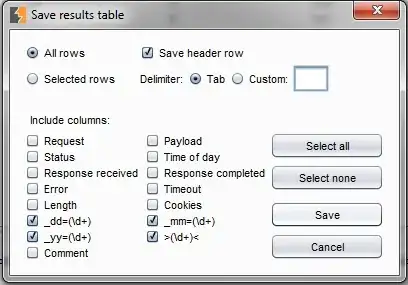It depends entirely on your threat model.
Ultimately, your DEK is the critical one - if someone has your data and your DEK then it is game over. Moreover, if someone has access to your data and the DEK then rotating all the other keys won't matter.
Still, only you can decide whether or not it is worth the effort to rotate the DEK. Hence the question: what is your threat model? What threats are you trying to mitigate in the first place by introducing 3 layers of keys? Presumably your question can be answered by simply considering why you did this in the first place.
What this doesn't help with
To get started, it helps to keep in mind the threats which this doesn't protects against. None of this helps if an attacker gains access to your running application. Your application will have access to the data and the DEK, so you're hosed no matter how many layers of keys you use.
What this may help with
Probably the main affect that rotating the DEK has is to protect against lost backups/old data (which happens more than you would think). If someone finds an old backup, can also find the current DEK, and the DEK was never rotated, then game over.
If someone finds an old backup but the DEK has been rotated and the old one thrown away, then the data in the backup is effectively useless and unrecoverable (which in this case is a good thing). This may be especially relevant to protect against an inside threat. Imagine a developer who made a copy of some data as a normal part of their work (perhaps they were trying to populate a test database with some realistic data?), and who also has access to the DEK. Even if the insider means no harm, that data may sit on their hard drive for a couple years, forgotten, until the wrong malware/hacker comes along and grabs everything off their machine.
There may be more advantages to rotating the DEK, but that is the first that comes to mind. Whether there are other advantages and whether or not that is worth the effort for you are questions that only you can decide.
